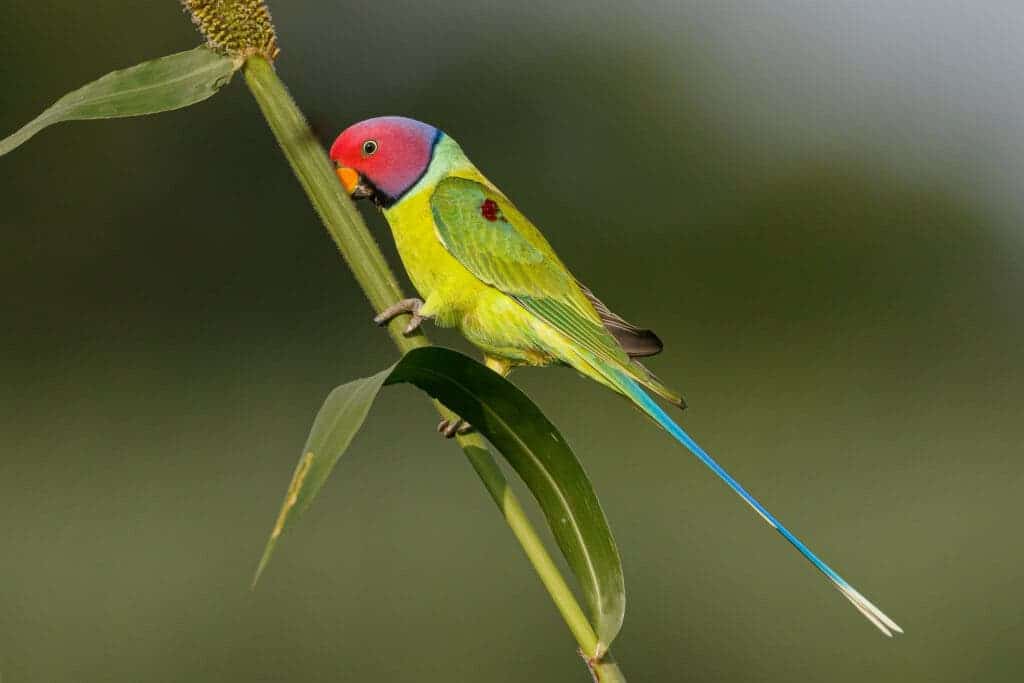Species are targeted around the globe by illegal and unsustainable wildlife trade, leading to biodiversity loss and extinction. So far, nothing new — but the effects of trade on targeted species are actually the tip of the iceberg, with repercussions that affect ecosystems and society in more ways than we thought, a new study warns.
“Illegal or unsustainable wildlife trade is growing at a global level, pervading our daily lives, and affecting our well-being. It threatens targeted and non-targeted species, promotes the spread of invasive species, the loss of ecosystem services, the spread of diseases across geographic areas and taxa, and disrupts local to global economies,” the researchers wrote.

Implications of trade
The main consequence of trade on species is population depletion, the researchers explain. About 60% of traded birds, mammals, and reptiles show a decline in abundance — they’re being exploited unsustainably. The rarer a species becomes, the higher its price often becomes, creating an increased incentive for wildlife trading.
This comes at a huge cost for the species. FOr instance, increasing market value for fish has had devastating effects on some populations, especially those relying on spawning aggregations, leading to loss of healthy populations. The legal and illegal shark finning has led to a decline in shark species that were previously abundant, while the totoaba (Totoaba macdonaldi) is extensively fished for its swim bladder, considered a delicacy in China.
Bycatch, incidental capture of non-target species, accounts for 80% of marine catches, either dumped or sold illegally. Fishing can have a negative effect on diverse species from mammals to jellyfish. For example, the vaquita, (Phocoena sinus), has seen a decline of 98.6% of its population between 2011 and 2019 due to bycatch in gillnets intended for the totoaba.
Plants are also not spared — about 15,000 species frequently used and traded as medicinal as now threatened with extinction.
With trade, comes a set of incidental effects on other species within impacted ecosystems, the researchers wrote. Overharvesting of wildlife can disrupt ecosystem structure and species composition, functioning, and services, such as pollination. In marine fisheries, for example, bottom trawling affects species composition, most non-targeted. This means that exploiting one species can have cascading effects across the ecosystem.
“Wildlife trade can also impact the area where traded species are introduced. Invasive species cost up to an estimated US$162.7 billion per year,” the researchers wrote in the paper. “Wildlife trade-facilitated invasions include snakes introduced in Florida, trout species around the globe, and pine trees in many austral countries.”
Not only does illegal trade have ecological consequences, but it’s also negative for societies as it weakens the rule of law. People engage in wildlife crime for many reasons, from profit and sports to social and cultural reasons. Despite the impacts, some governments still see illegal trade as just a conservation problem, and not as a truly criminal activity.
Meanwhile, some local communities rely at least in part on wildlife trade for subsistence, either as a food source or for income. In China, for example, wildlife farming is valued at US$8 billion and helps to alleviate poverty. Hunting is also a significant food source in many countries. Nevertheless, wildlife trade as an economic activity is still unreliable, the researchers argued.
Global legal trade generated annual revenue of US$2.9 to US$4.4 trillion from 1997 to 2016. Meanwhile, the revenue estimates for illegal wildlife trade widely vary from US$4 to US$23 billion up to US$48 to US$216 billion if illegal logging and fishing are included. Governments lose up to US$12 billion annually in potential revenues from illegal wildlife trade.
The researchers highlighted a set of approaches and tools available to curb the illegal trade, including setting up bans, protected areas, and quotas as well as creating. awareness and education programs. Adam Toomes from the University of Adelaide, a study co-author, called for policy and enforcement that considers the livelihoods and communities that depend on trade.
“Trade regulations that do not take this into consideration could increase vulnerability and poverty in certain areas that depend on it for food and income,” Toomes said. “With large differences in legislation, cultural drivers of trade and availability of species, there is no one-size fits all strategy. Each unique context warrants a variety of disciplines and actors dedicated to ensuring trade occurs sustainably.”
The study was published in the journal Biological Conservation.






